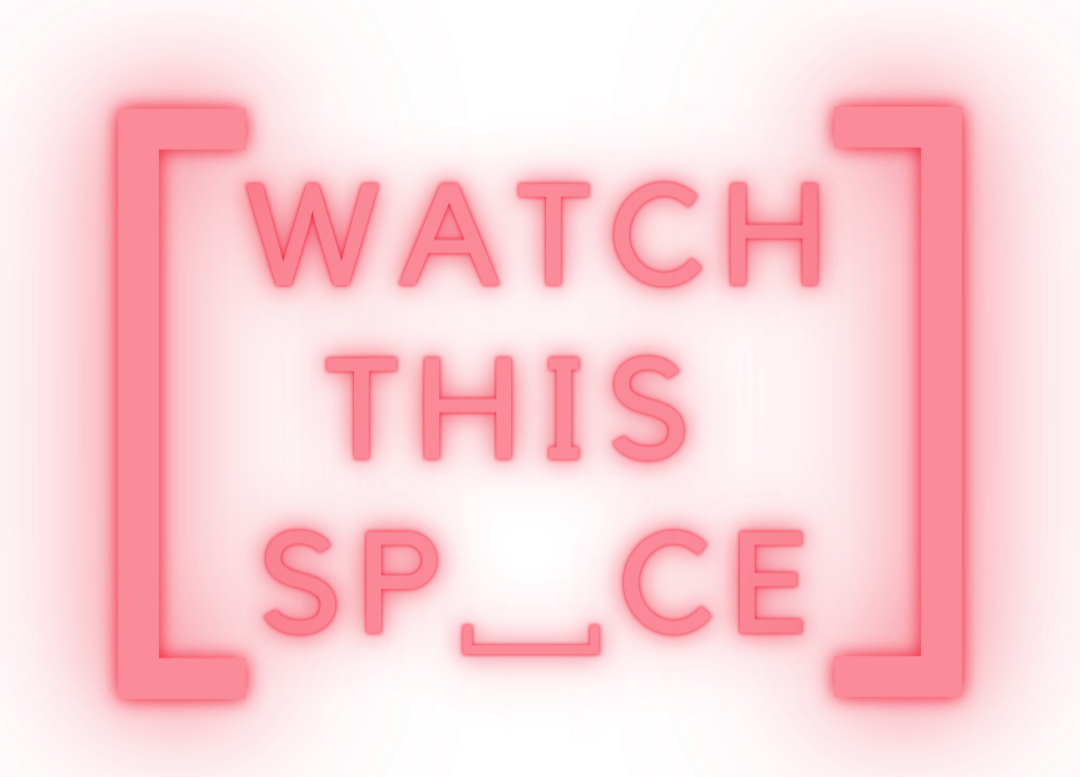To make effective changes that stick to drive diversity and inclusion in your company, it’s essential to engage employees across the organisation in different roles and functions. It’s often employees who are the ones who want to work on diversity and inclusion to create the company they want to work for. Programmes of change need endorsement from leaders, but it’s not down to one leader or a team of leaders to make things happen. There is the power to drive real change and deliver results in your employees.
Creating meaningful change is not just about ticking boxes and writing some policies and declarations. There needs to be cultural and behavioural change which your employees need to be part of. There needs to be active participation and engagement from employees themselves. This is where Employee Resource Groups (ERGs) come into play. Here’s how you can use employee groups to play a crucial role in driving change.
1. Amplifying Underrepresented Voices
ERGs provide a platform for underrepresented employees to come together, share their experiences, and have their voices heard. These groups serve as safe spaces where individuals with shared backgrounds or interests can connect, discuss challenges, and propose solutions. By elevating the perspectives of marginalized groups, ERGs empower employees to shape company policies, practices, and culture, resulting in a more inclusive environment for all. This is far more effective than leaders imposing changes on people.
2. Fostering a Sense of Belonging
Groups of employees coming together to engage people and drive change creates a sense of belonging that employees are looking for. This can significantly increase engagement in driving change. ERGs create a sense of community, enabling employees to form strong connections with colleagues who understand their experiences. Through mentorship programs, networking events, and cultural celebrations, ERGs cultivate an inclusive atmosphere where employees feel valued, supported, and motivated to bring their authentic selves to work. This sense of belonging ultimately boosts retention rates and strengthens overall employee satisfaction.
3. Promoting Learning and Education:
ERGs not only provide support networks but also serve as educational resources. These groups can connect people to learn together and raise awareness about different cultures, traditions, and identities. It’s often these groups who bring in speakers, suggest events to attend and networks to join. By fostering understanding and empathy, ERGs help break down stereotypes, unconscious biases, and systemic barriers that hinder progress toward diversity and inclusion. Education within ERGs also promotes allyship among employees, encouraging individuals from all backgrounds to actively contribute to creating an inclusive workplace. These groups are great ways for employees to develop their leadership skills so that your future leaders are people who are embedded in this work.
4. Driving Innovation and Creativity:
Research has consistently shown that diverse teams outperform homogeneous groups in terms of innovation and problem-solving. ERGs contribute to this by bringing together employees with diverse perspectives, experiences, and skills. When people from different backgrounds collaborate, they bring a multitude of ideas, insights, and approaches to the table. ERGs spark creativity, encourage out-of-the-box thinking, and foster an environment where diverse perspectives are valued and integrated into decision-making processes, ultimately driving innovation within the company.
5. Informing Organisational Policies and Practices:
ERGs act as a vital feedback mechanism for organisations, providing valuable insights into the experiences of underrepresented employees. By actively engaging ERGs in discussions about policies, practices, and initiatives, companies can ensure their actions align with the needs and aspirations of their diverse workforce. These groups bring vital perspectives to identify and address areas where diversity and inclusion efforts may fall short. This collaborative approach ensures that diversity and inclusion strategies are not merely tokenistic but deeply embedded in the company.
What we have learnt is that for employee groups to do well there must be some careful thinking to bring the groups together. Our advice is to consider:
- What is the group for?
- Who is going to lead?
- How do people get involved?
- What frameworks, budget and time is there for the group?
- What are the communication routes to leaders?
We do advise caution in including people who have themselves experienced discrimination which has caused them trauma. People need mental health support in those situations. And it is worth considering if someone wants to put themselves through this if they have had bad experiences themselves as they may struggle to be objective. It’s also essential to not expect only those from marginalised groups to do this work.
Brought together in a way that engages people, Employee Resource Groups are a powerful tool for driving change in diversity and inclusion work within companies. By establishing ERGs, companies can create a more inclusive workplace where all employees feel valued, empowered, and represented. These groups amplify underrepresented voices, foster a sense of belonging, promote learning, drive innovation, and inform policies. Embracing ERGs not only benefits individual employees but also leads to enhanced productivity, increased employee satisfaction, and improved business outcomes. Embracing the collective power of ERGs is a crucial step toward building a more diverse, equitable, and inclusive future.
Ready to think about actions you need to take? Try our FREE quiz to help you understand them.
